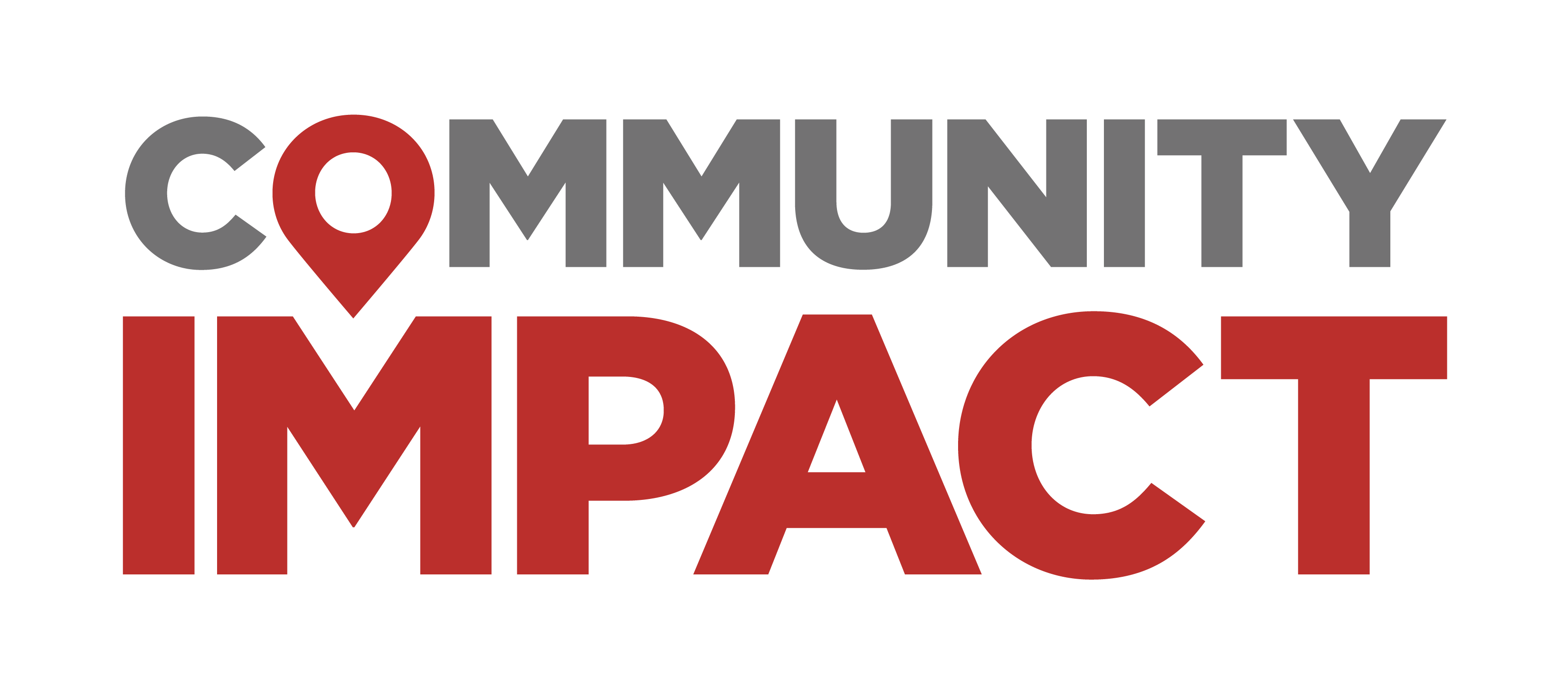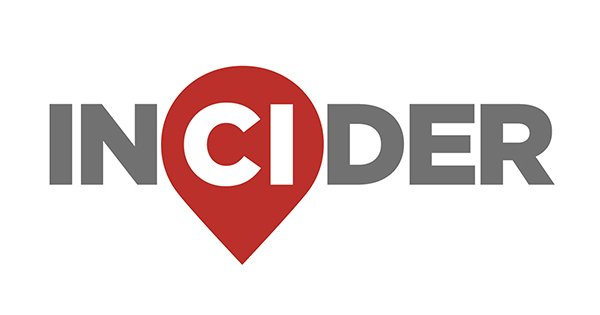“It is really amazing the bonds we form with not just the clients, but their families,” Equine Programs Manager Regina Pakstas-Smith said. “Even the parents form relationships. We want this to not just be a place where we improve your child’s life or your husband’s life. It’s all about touching the lives of everyone involved in it.”
JoyRide Center is one of several entities in Tomball and Magnolia offering equine-assisted services, which can help treat mental illnesses including PTSD and trauma. Other conditions that can benefit from these services include physical or cognitive disabilities such as autism, cerebral palsy or ADHD, local providers said.
What you need to know
Equine-assisted services fall into three categories—therapy, learning and horsemanship, according to the Professional Association of Therapeutic Horsemanship International. PATH International is an organization focused on advancing the equine-assisted services industry, Communications and Marketing Coordinator Sara Conant said.
Providers can vary in their services and client bases. High Strides Speech Therapy works with children ages 2-12, while Ruby’s Home For Good’s program is dual-missioned—the nonprofit helps horses in need while also working with primarily veterans and kids experiencing trauma.
“It’s not, ‘Hey, we use horses to meet people[‘s] goals,’” said Erin Malia, program director at Ruby’s Home For Good. “It’s very horse-centered, where people come to learn about the horses and their needs, and there’s a lot of therapeutic benefit to that.”
JoyRide Center and Inspiration Ranch also offer therapeutic riding for clients with physical or cognitive disabilities such as autism, cerebral palsy or ADHD. Meanwhile, Lone Star Behavioral Health’s equine-assisted psychotherapy program is groundwork—meaning there is no riding component—and treats clients over 18 years old.
“I’ve seen clients who are normally withdrawn or unmotivated transform in the presence of a horse,” said Amber Baynes, director of equine-assisted psychotherapy at LSBH.
Clients also do not need any prior horse experience, officials said.
“Some [clients] are so excited, and then others are really hesitant,” said Lisa Skinner, owner of High Strides Speech Therapy. “They’ll get on the first time and then go, ‘Mom, hold my hand, hold my hand.’ But then once they get moving, then it just fades away.”Note: This map is not comprehensive and Ruby’s Home For Good and High Strides Speech Therapy operate out of private facilities.
The impact
Local officials said they believe emotional regulation is one of the benefits of equine-assisted services.
“It’s just peaceful and calming and nice to be with [the horses],” Silver Lining Training owner Amy Jacobs said. “So you’re having a rough day, you’re having anxiety or whatever—they tend to just help us relax and feel comfortable.”
Providers said they believe other benefits include building confidence, lowering anxiety, promoting focus and building strength.
“The muscles that get engaged when you’re riding a horse, it’s ... engaging the same muscles that you use when you’re walking,” Pakstas-Smith said. “So for somebody who’s wheelchair-bound, riding for 30 minutes is the same as walking on a treadmill ... for 30 minutes.”
Malia said clients also learn about agency and choice when they come to Ruby’s Home for Good.
“We say here, ‘OK, we’ll go in and we’ll groom [Ruby], ... but if she wants to leave, she can walk away,’” Malia said. “And there’s a lot of power in that to say, ‘She has choice. She has agency. So do you by the way.’ ... In here, they’re learning that ‘This horse has a choice; she gets to choose what’s comfortable for her. Maybe I have some agency in that too.’ It’s really powerful.”
Also of note
From 2017-2023, U.S facilities with equine-assisted services grew 81.6%, per data from the American Horse Council.
As of December 2022, 529 of PATH International’s 794 centers reported 46,629 participants, according to the organization’s 2023 fact sheet.Dig deeper
Operating their respective entities takes a lot of resources, between day-to-day operations, taking care of the horses and running programs, providers said.
“We are currently [at] 17-18 staff members, but we have about 170 ... volunteers that also work alongside us every week,” said MG Tindall, president and CEO of Inspiration Ranch. “And so they cover a huge portion of what we have to do.”
Among their goals, officials said they aim to expand programs and improve facilities in 2025.
“The [feedback] that I love the most that really gets me is we have seen frequently: ‘I feel loved,’” Malia said. “That’s why this matters.”





